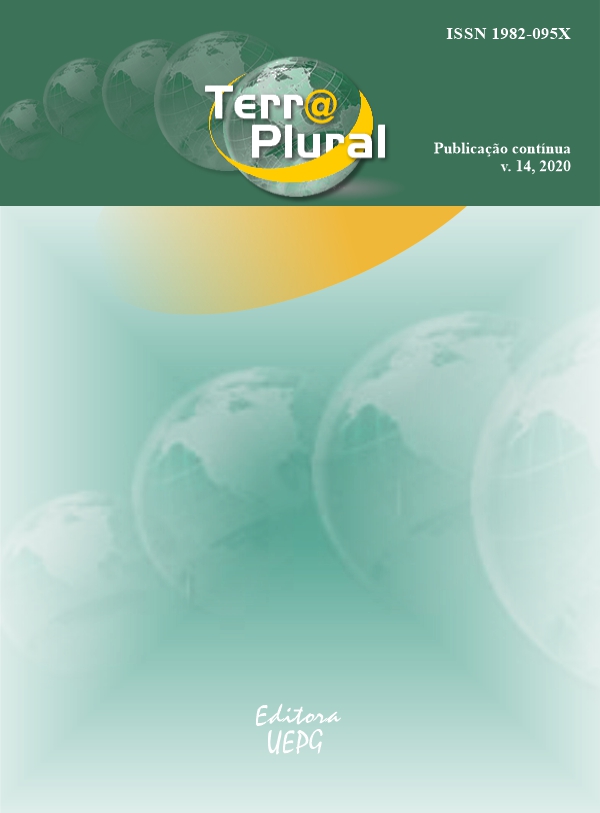Spatial distribution of Loranthaceae hemiparasite infestation in the urban trees of Blumenau, SC,
Keywords:
Mistletoe, Street trees, PhytosanityAbstract
This study evaluated the degree of infestation of hemiparasites of the family Loranthaceae in the urban street trees of Blumenau in 200 random sample points considering a buffer of 100 m. It was identified 19 families, 33 genera, and 39 species, counting 167 trees. From these, 66% were exotic species, 17.3% with some degree of infestation. By contrast, only 1.97% of native species were infected with mistletoe. Heat maps indicate that the highest density of infested trees occurred in central areas of the city where the presence of street trees is greater and, consequently, the possibility of contagion. Intervention is recommended in affected individuals through manual pruning and removal of the hemiparasites. Given the susceptibility of infestation in exotic trees, it is recommended to be replaced by species less susceptible.
Downloads
Downloads
Published
How to Cite
Issue
Section
License
Revista Terr@ Plural will obtain the auctorial rights for all published texts. This also implies that the text can be published anywhere in the world, including all rights on renewal, expansion, and dissemination of the contribution, as well as other subsidiary rights. The authors get permission to publish the contribution in other media, printed or digital, it may be in Portuguese or translation since the publication is credited to Revista Terr@ Plural. It allows the self-archiving of published articles in institutional repositories, thematic repositories, or personal web pages in the pdf version downloaded from the journal's site.















